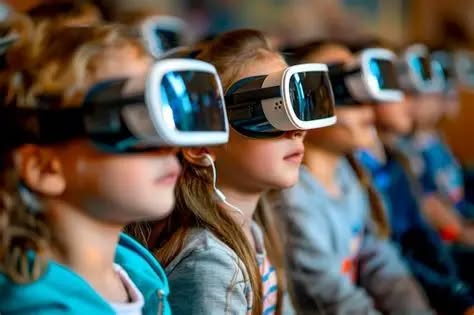Virtual Reality (VR) is no longer science fiction — it’s becoming a part of how children learn, play, and explore. From virtual field trips to immersive history lessons and creative 3D art, VR can make learning more exciting than ever. But as this technology grows, parents are asking an important question — is VR helping kids grow, or is it helping them escape the real world? ![]()
![]()

The good news is, VR can spark curiosity and empathy. Children can walk on Mars, visit ancient Egypt, or explore the human body in 3D — learning through experience rather than memorization. For visual or neurodiverse learners, this can be incredibly powerful.
But there are downsides too. Long hours in VR can blur the line between real and digital worlds. Kids may become less engaged with reality, more isolated, or over-stimulated. Plus, not all VR content is age-appropriate.
The key is supervised, mindful use — treat VR as a special educational experience, not everyday entertainment. Ask kids to share what they “saw” or “felt” after a VR session — help them connect the virtual world back to the real one. ![]()
![]() Parents, what do you think — is VR the future of learning, or are we moving too fast?
Parents, what do you think — is VR the future of learning, or are we moving too fast?